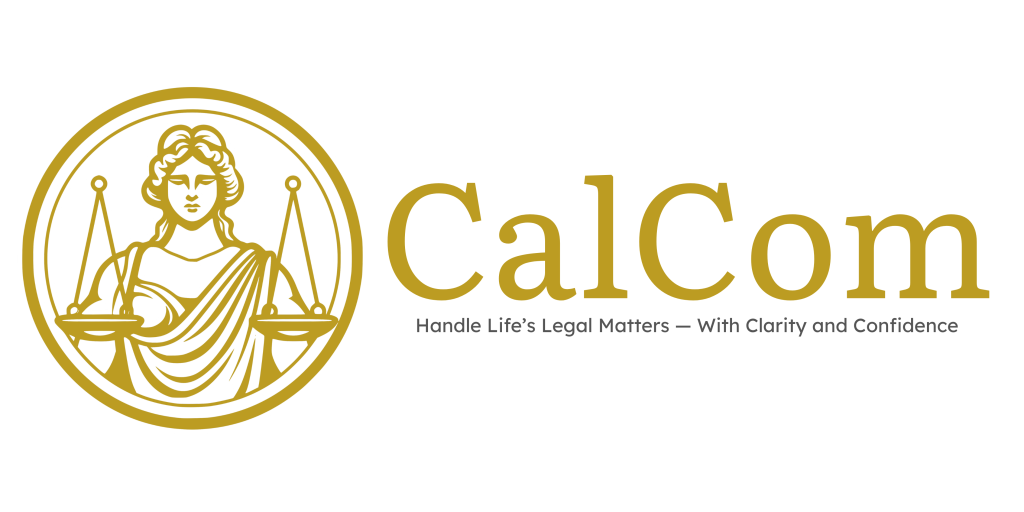Whether you’re sharing a rental property with a roommate, lending money to a friend, or agreeing to terms for the use of a shared asset, personal agreements are an essential tool for maintaining clear communication and protecting everyone involved. These informal agreements help set expectations, reduce misunderstandings, and offer a written record of each party’s responsibilities. In this guide, we’ll explore what should be included in a personal agreement and why taking the time to write it down matters.
Why Writing It Down Matters
In personal relationships, whether familial, friendship-based, or business-related, verbal agreements can often lead to confusion or disputes. Writing down the terms of an agreement not only helps clarify expectations but also provides a legally recognized document that can be used to resolve disputes if they arise. A written agreement makes it easier to hold parties accountable, preventing vague misunderstandings and ensuring that both sides are on the same page.
In some cases, a personal agreement can even be legally binding. For example, a loan agreement between friends that specifies repayment terms could be enforceable in court if one party defaults. While informal agreements may not have the same weight as formal contracts, having them in writing still carries significant value in preventing disagreements and fostering trust.
What Makes an Agreement “Valid”
For a personal agreement to be valid, it needs to include certain basic elements. These include:
Offer and Acceptance: One party offers a term or condition, and the other party agrees to it.
Consideration: There must be something of value exchanged. In a loan agreement, this would be the money being lent; in a property-sharing agreement, it might be the right to use the space in exchange for rent or other terms.
Intention to Create Legal Relations: Both parties must intend for the agreement to have legal consequences, which is why writing it down and signing it helps solidify this intention.
Clarity: The terms should be clear and unambiguous. Both parties should understand what is expected of them and what will happen if they fail to meet those expectations.
Key Sections to Include (Who, What, When, How)
To ensure that your agreement is clear and comprehensive, include these key sections:
Who: Identify the parties involved. This includes their full names and contact information.
What: Clearly define the subject of the agreement. For instance, if it’s a loan, state the amount being lent; if it’s a room rental agreement, describe the space and any furnishings.
When: Outline the timeline, including deadlines, repayment dates, or duration of use. Be specific to avoid ambiguity.
How: Describe how the terms will be carried out. For example, how payments will be made, how property will be shared, or how any disputes will be resolved.
Common Use Cases
Personal agreements are useful in many scenarios, including:
Roommate Agreements: When sharing a home, it’s helpful to have a written agreement outlining responsibilities like rent payments, household chores, and the use of common areas.
Loan Agreements: Even informal loans between friends or family should be documented to clarify repayment terms and prevent future misunderstandings.
Property Use: Agreements regarding the use of property, such as borrowing a car, using a vacation home, or renting out an item (like tools or equipment), should detail conditions and expectations.
Mistakes to Avoid
While writing a personal agreement is a great way to prevent misunderstandings, there are some common pitfalls to avoid:
Vague Terms: Ambiguity can lead to confusion. Be specific about every detail, including amounts, deadlines, and responsibilities.
Not Setting Consequences: Include what happens if one party doesn’t uphold their part of the agreement. For example, if rent is late, will there be a penalty? What happens if the borrower fails to repay a loan?
Failure to Sign: Both parties should sign the agreement to indicate that they agree to the terms.
Downloadable Checklist or Sample Template
For those unfamiliar with writing personal agreements, using a checklist or template can be a helpful starting point. Templates can be found online or created using simple document tools like Google Docs or Microsoft Word. Having a template ready ensures you don’t miss any important details and that your agreement remains clear and professional.

